The American pump shotgun market is ruled by two guns, the Mossberg 500 and Remington 870.
These guns have been subject to at least as much debate as to the 9mm vs. 45 ACP or the Glock vs. 1911.
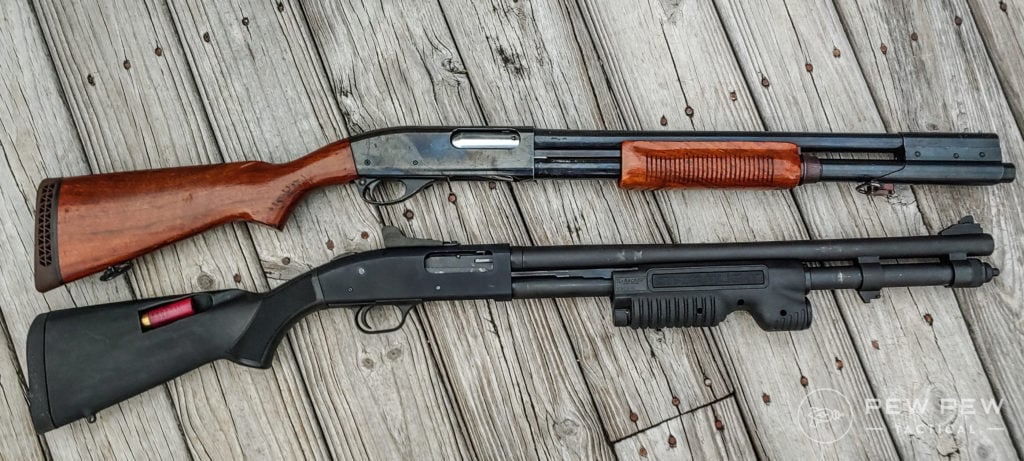
While they are very similar, they are also very different. Just saying Mossberg 500 or Remington 870 is a bit misleading. Both guns have dozens of variants.
These guns are not just a single line but a series of shotguns.
With Mossberg, we have the 500, the 535, the 590, the 590A1, the Shockwave, and so on.
With Remington, we have the Express, Wingmaster, Tactical, the TAC 14, the DM models, and more.
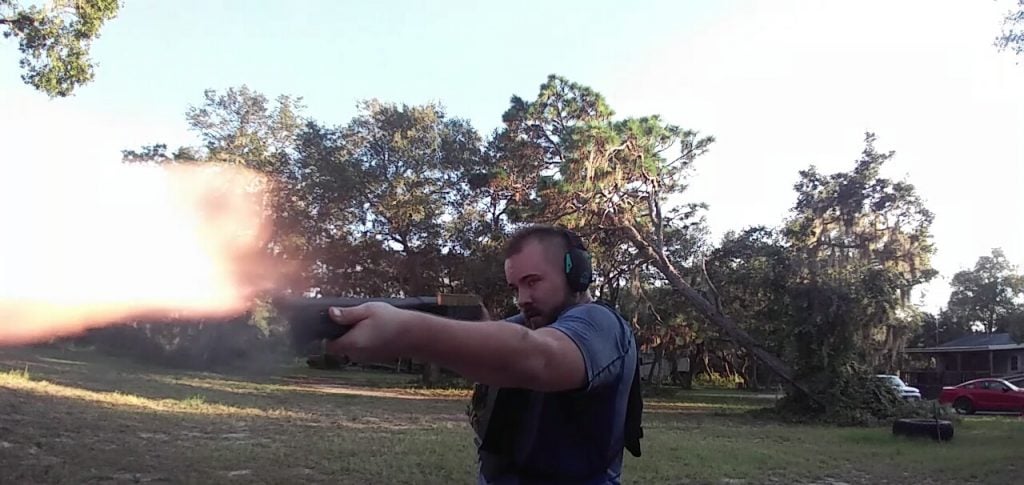
We are keeping this generalized to the specifics of these family of shotguns. When necessary I’ll mention exceptions within these families if rules are broken.
I want this to be a look at both the inside and outside of the guns and what’s important to shooters.
Both guns are similar, and they come in 12 gauge, 20 gauge, and 410. Both are pump-action shotguns, both are American made, and both can be used for home defense, hunting, and police and military use.
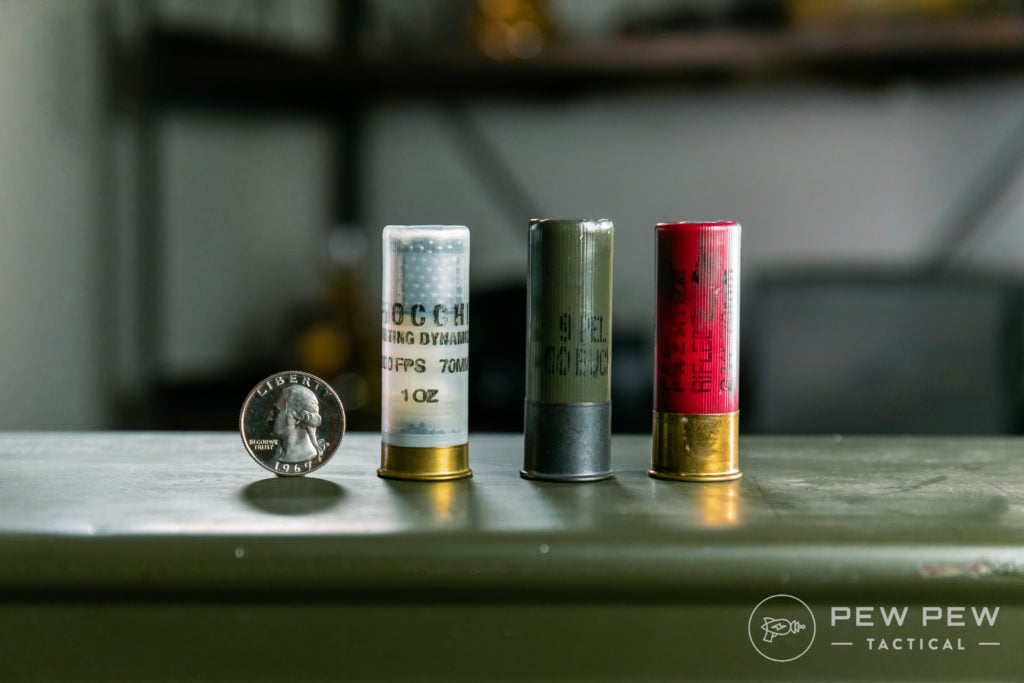
There are quite a few differences, though. That’s what we are going to explore today, the differences between these two guns.
Table of Contents
The Controls
The most significant difference any shooter can easily pick up on is the difference between the safety locations on a Remington 870 and a Mossberg 500.
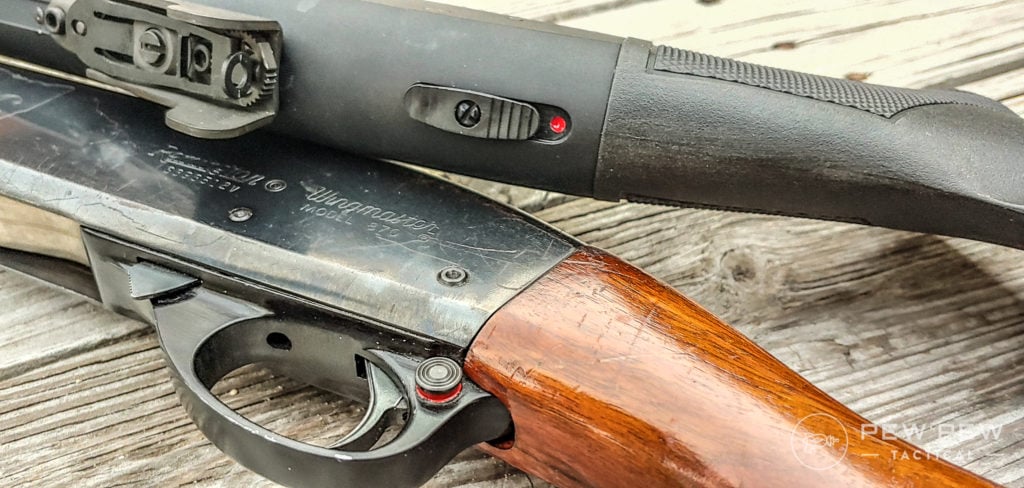
The Remington 870 uses a traditional push-button safety located on the trigger guard. Mossberg uses sliding safety located on the tang of the receiver.
The Remington 870’s safety is positioned behind the trigger and easy to reach.
It can be used with any stock system with ease. It is much more friendly with right-handers, but that being said, a left-handed friend of mine uses an 870 and destroys us at shooting clays.
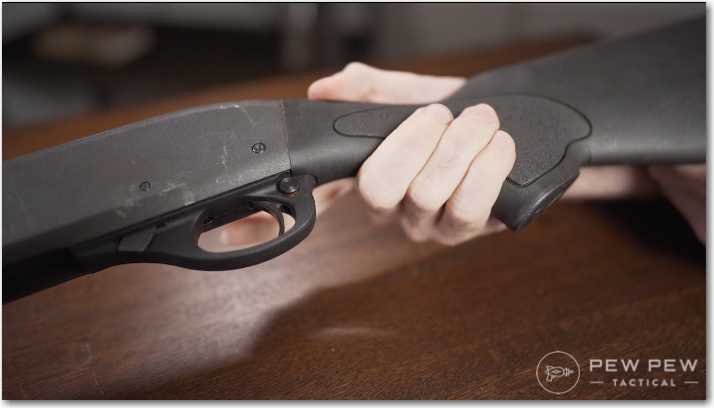
The Mossberg 500 safety is completely ambidextrous but challenging to use on shotguns with pistol grips. This includes practical pistol grips that utilize stocks as well.
It takes a mighty reach upwards on Mossbergs with pistol grips
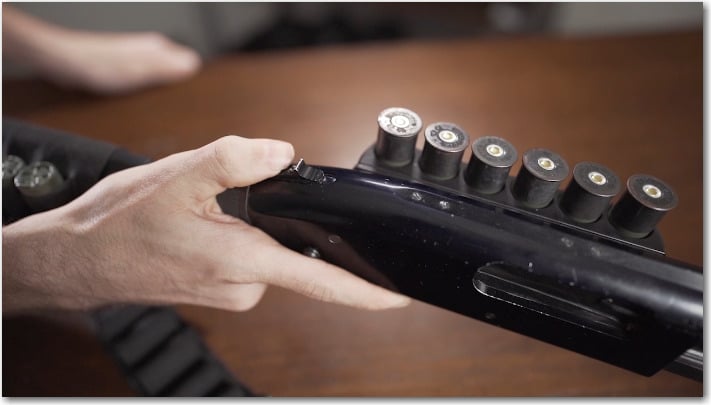
While the safeties are the easiest difference to spot, the other difference is the slide release. Both the Mossberg and Remington position the slide release on the left side of the trigger unit.
Remington places there forward of the trigger, and Mossberg positions theirs behind the trigger.
The Remington 870 suffers from the fact that you have to break your firing grip to reach forward and release the slide. The Mossberg 500 series can be activated without breaking the firing grip.
The Difference in Actions
One difference you can’t see, but you can feel is each gun’s actions. Both use twin steel action bars for increased durability.
You notice how handy those twin action bars are when you handle something like an old 1897 and feel how fragile a single action bar is.
The Remington 870 uses a robust, one-piece design that combines the action bars and pump. The Mossberg 500 series uses two pinned action bars that are anchored to a separate slide assembly.
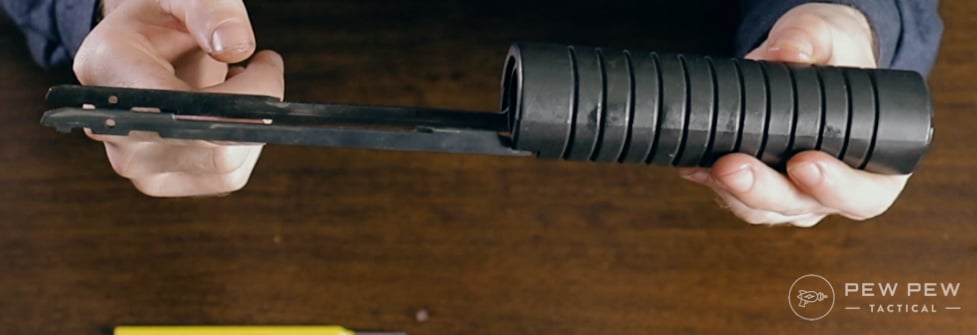
The end result is the Mossberg pumps tend to feel sloppy, and they move around quite a bit. You can feel the slop in your hands as you pump the weapon.
The Remington 870 tends to be tighter and smoother. It gives an overall higher quality experience. If you want to tune a gun up, get a Remington, and you’ll be shocked at how smooth a competent smith can get a Remy action.
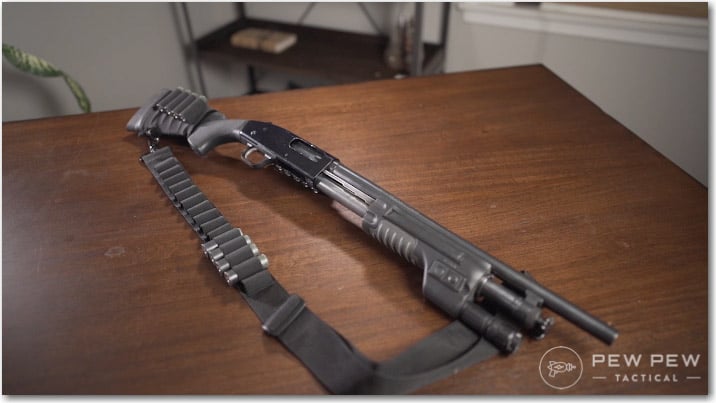
The 500 series does make it easier to replace and repair the action. Should a bar get bent, it’s easy to unpin the bar and remove and replace it. If a Remington 870 bar gets bent, it can be challenging to pull out the entire system and replace it.
Material Differences
One of the most significant differences you can’t see is what material makes up your shotgun’s receiver.
Don’t feel bad.
Most people can’t look at a metal and tell you what it is.
This material difference is one of the biggest differences you’ll likely never notice.
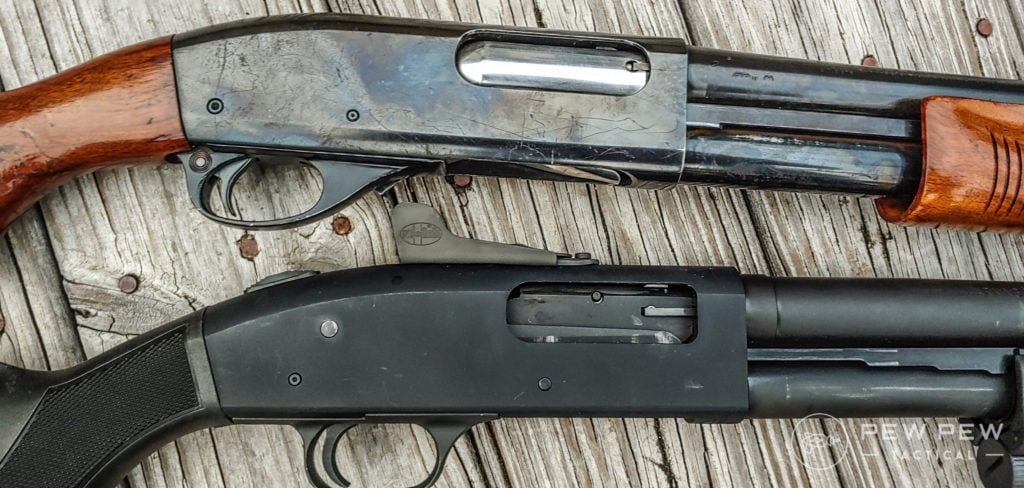
The Remington 870s use good ole ‘fashion American steel. Well, I don’t know if it’s American, but it is steel. This gives the 870s a more substantial receiver overall.
The Mossberg 500 series uses aluminum receivers. While steel is stronger, there is likely never going to be a time you can break a Mossberg 500’s aluminum receiver. While the difference exists between the materials, there is no practical advantage to using steel over aluminum.
AR-15s are made from aluminum, and we trust it’ll work.
The most significant practical difference is the weight of the guns. Remingtons, on average, tend to be heavier guns by anywhere from a pound to half a pound when like vs. like is compared.
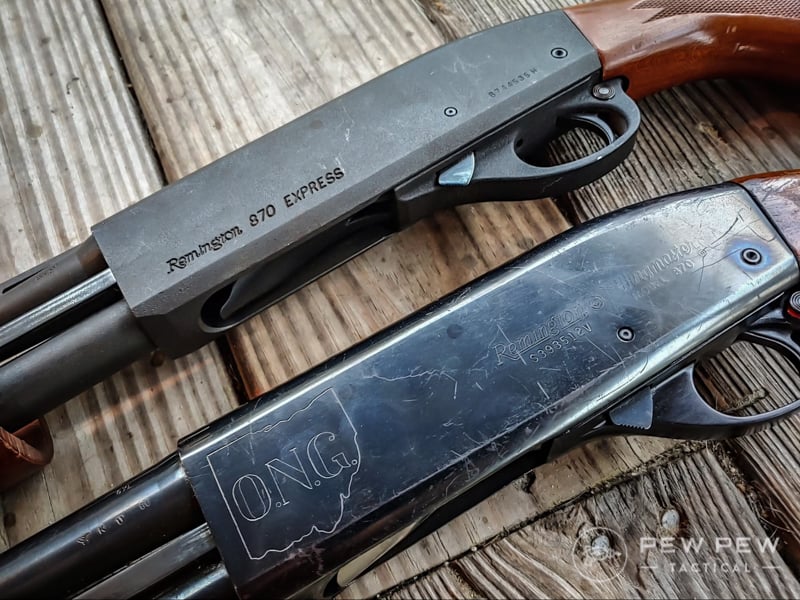
More weight isn’t exactly a good or bad thing, it’s just different. Stalking deer? Lightweight is nicer. Skeet shooting? Heavier makes for a smoother swing.
Magazine Tubes
Another somewhat hidden, but often desirable feature for shotguns is extending the magazine capacity. Shotguns are typically restricted to a relatively low ammunition capacity. The ability to add a few extra shots can be highly desirable.
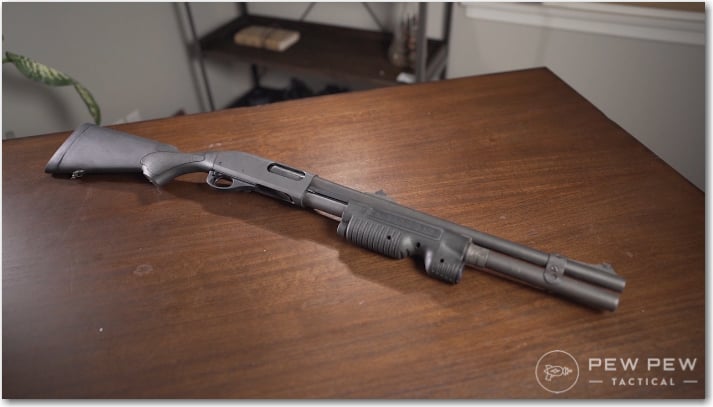
With the Mossberg 500, it’s complicated. Adding more capacity is difficult because of the magazine and barrel design. To do so, you need a new barrel and matching tube to do so.
You can’t just screw on an extension and go for it. The barrel attaches directly to the magazine tube and not around it. The Mossberg 590 series corrects this and allows you to connect a magazine extension directly to the tube.
The Remington 870 is traditionally a simpler weapon to utilize when it comes to adding an extension. Remove the magazine cap and then screw on the extension.
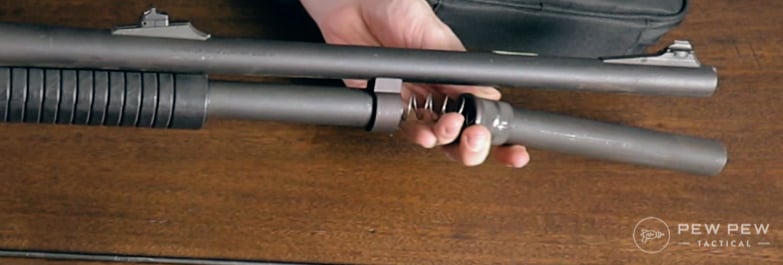
Well, that was the old days. Now on a lot of models, they are dimpling the magazine tube.
This makes it impossible for the spring and for rounds to travel into an extension. It’s likely the tactical models don’t have this dimpled magazine tube, but a lot of the non-tactical models will.
The only solution is too remove the dimples yourself via power tools or pay a gunsmith to do it.

You can’t swap the magazine tube for another without a dimple because Remington solders the magazine tubes in place.
These soldered tubes can be a major hassle if you damage the tube and need to replace it.
With Mossberg designs, you simply have to heat up the Loctite and unscrew the magazine tube.
Extractors / Ejector
Improper extraction and ejection are likely the most common cause of firearm’s malfunction outside of ammo related issues. Needless to say, it’s an important function. Shotguns deal with an odd round when you think about it.
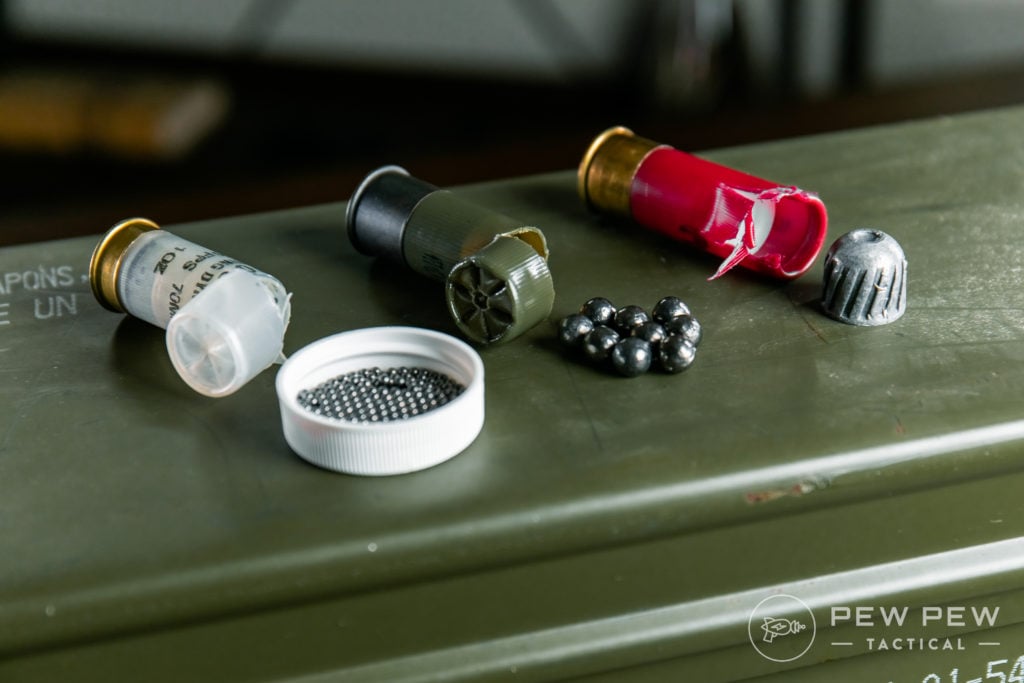
It’s a bulky hybrid of plastic and brass that’s often cumbersome, comes in various lengths, and can be all sorts of different weight and projectile types. Being able to extract and eject any and all shells are essential.
Remington uses a single extractor that grips the rim of the shells and rips them outwards.
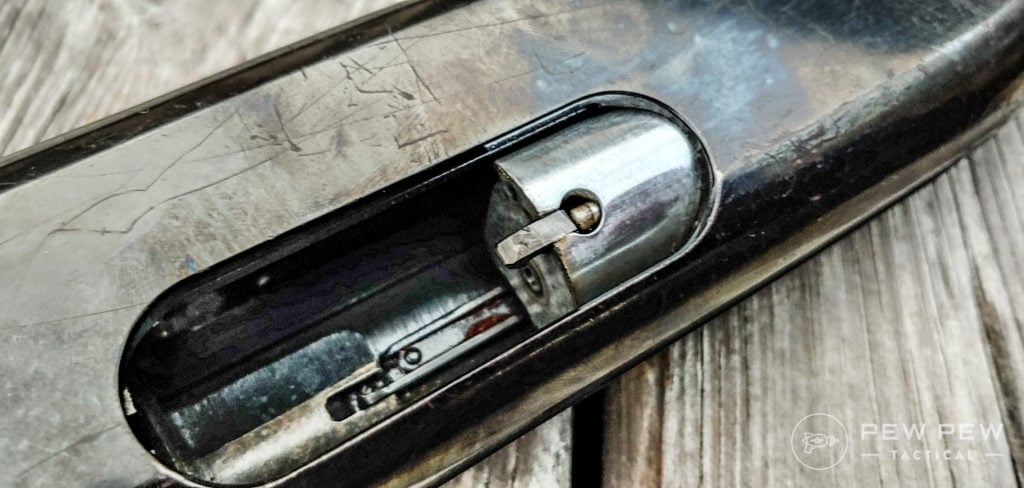
Mossberg uses two extractors to help guarantee reliability. The dual extractors are great because if one breaks, the other will still work, and you can run the gun until you can repair it.
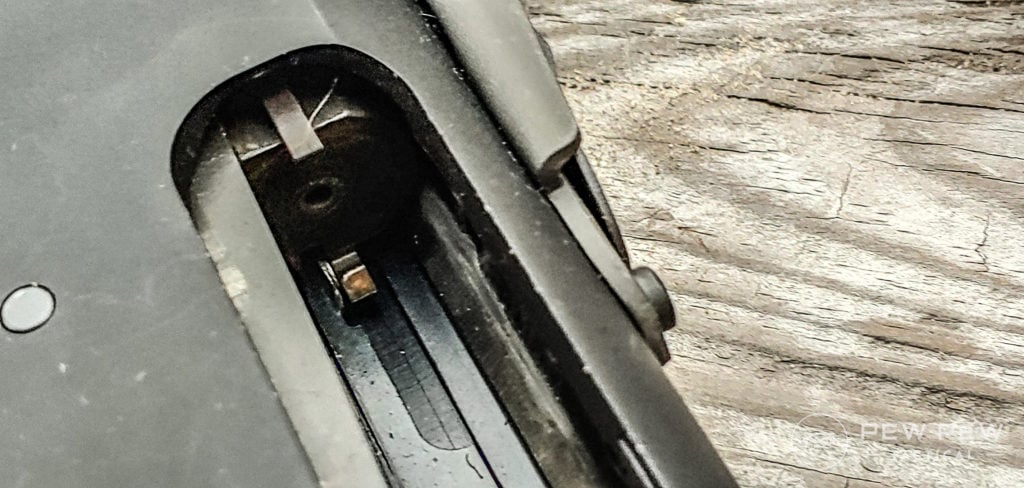
I’ve fired a lot of rounds from shotguns, especially 870s and 500s, and I’ve never had a single extractor break, but redundancy is often an effective safety measure.
The good news is both can be replaced at home with both guns.
Each gun’s ejector is a different story. Mossberg continues its tradition of being user accessible with an ejector that screws in. Remington continues to be the iPhone of shotguns with a riveted ejector making it challenging to replace.
I stripped a Mossberg 590 receiver for a friend, and it took a little heat gun action and a flat head screwdriver to remove the ejector. I wouldn’t know where to start with an 870.

The Shell Lifters
The shell lifters aren’t exactly something you think about when you first handle a shotgun.
Once you start loading and shooting a lot, and primarily when you shoot Mossberg 500s and 870s a lot, you notice that the Mossberg is more comfortable to load.
The Mossberg uses a patented shell lifter that is both skeletonized and in the always up position.
The Remington uses a standard shell lifter that stays down and acts as a gate to the gun. It’s a solid slab of metal that sits below the bolt and action. To load a shell, you press the shell lifter up and slide it into the tube.
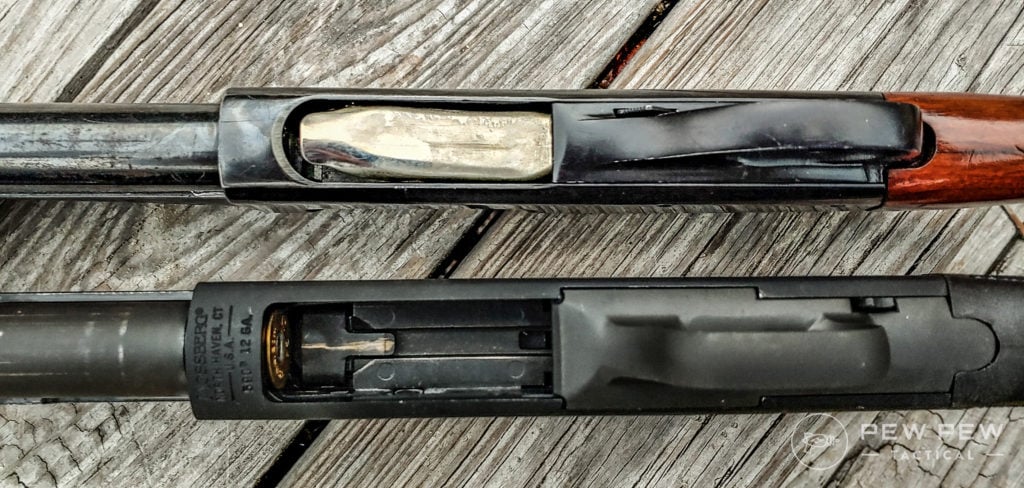
The shell lifter can slow you down, and when you are going fast, it likes to pinch you.
The Mossberg skeletonized and always up shell lifter is out of the way, and you can smoothly load one or two shells with little effort.
The skeletonized lifter also allows you to fix malfunctions easier. You can reach through the bottom of the gun, and this can help you free a stuck shell.
The Small Things
Here are a few small things you may want to consider when purchasing either gun. These didn’t fit into any other category and are not significant enough to warrant their own category. So let’s not forget about the small things.
Adding an Optic
The Mossberg 500 series are all tapped and ready to add a scope rail and an optic. The Remington 870 is not universally tapped, which means a trip to the gun smith, or a Burris Speedbead system needs to be installed.
Check out more in our Best Shotgun Sights article.
Mini Shells
Mini shells are tons of fun! They are low recoil, easy to shoot, and decently affordable.
Both guns can fire them, but the Mossberg 500 series can be fitted with an adapter from Opsol.
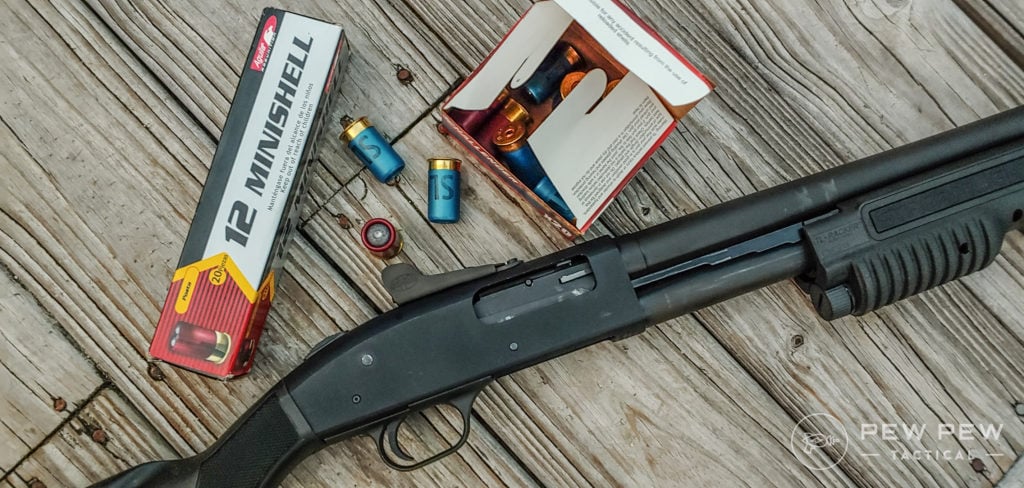
This mini clip allows the mini shells to feed 100% of the time. The 870 cannot be fitted with this adapter.
Barrel Thickness
The Remington 870 has a thicker barrel than a standard 500. It’s equivalent to a Mossberg 590. You can buy the upgraded Mossberg to get the thicker, stronger barrel.
Price
The Mossberg 500 tends to be cheaper, but the Remington 870 is only a hair more expensive. It’s also fitted with a steel receiver and a thicker barrel. The 590 series are more expensive than the 870 Express models, as well.

A US Army Testing Procedure
The US Army has a testing procedure called the MIL-SPEC 3443 test, which is a brutal 3K round test that pushes shotguns to the edge.
The Mossberg series has been the only shotgun to pass this rigorous test.
Here’s us with our 590A1 and some Winchester 00 buckshot…
The requirement calls for a metal trigger group, so only the 590A1 and 500 MILS qualify to fit the criteria.
Customizability
If you want to customize your gun, you can go with either model and be quite successful with that goal. There are crazy amounts of parts out there for both weapons.
You can do almost anything.
You can swap stocks, pumps, add sights, side saddles, and more to each gun. You can do a ton with either, and it’s hard to say which is better overall.
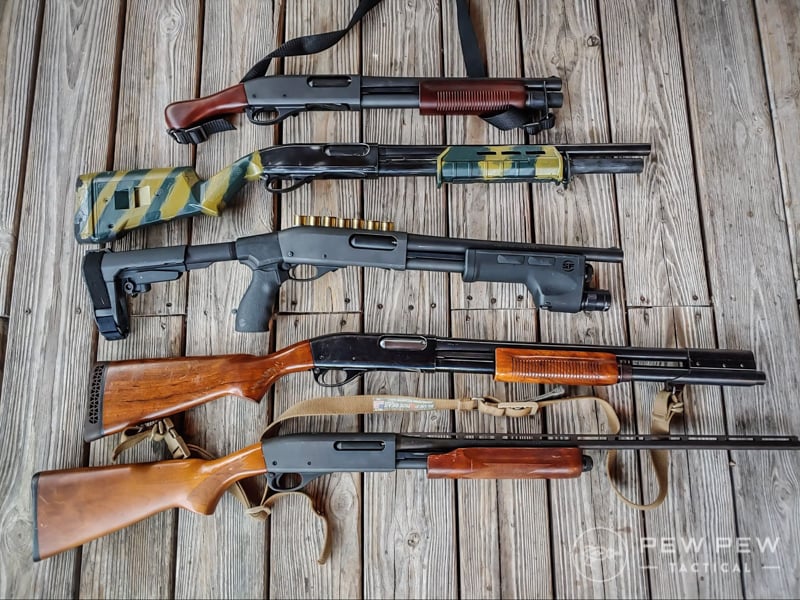
Both guns are straightforward to customize, and you have plenty of options to do so.
Of course, we have articles to help you with both!
- Best Remington 870 Upgrades
- Best Mossberg 500 & 590 Upgrades
Which One is For You?
That’s a good question.
My chosen home defense shotgun is the Mossberg 590, but my favorite shotgun ever is my antique Ohio National Guard Remington 870.
![Remington 870 Vs. Mossberg 500: [Battle of the Pumps]](https://www.pewpewtactical.com/wp-content/uploads/2019/02/Remington-870-15.jpg)
Both guns have their favorites, and I will say Remington guns have been rough since 2007.
Once Freedom Group took over, quality went downhill noticeably.
However, they seem to have turned that around!
A lot of their new guns are looking, feeling, and shooting much better these days.
If you are having trouble deciding, let’s examine a few considerations.
- If you want a gun, you can service and fix yourself, choose the Mossberg 500 series.
- If you want a gun that uses a pistol grip with stock, then choose the Remington 870.
- If you want a gun that you can abuse and not spend a ton of money on buy a basic Mossberg 500.
- If you want a gun, you can beat up and likely pass on down to your kids, buy an OLDER Remington 870.
- If you’re left-handed, go with a Mossberg.
- If you want a gun that’s tight, smooth, and feels ultra-lux, go with the Remington 870 Wingmaster.
- If you want what the military uses, go with the Mossberg 590A1.
And if you want even more options, we also have a video on the Best Pump Action Shotguns for Beginners.
Conclusion
Both the Remington & Mossberg are super popular and reliable pump action shotguns. Mossberg has the ambidextrous safety, double-extractor, nicer shell lifter, tons of upgrades, and is used by the military. While Remington has the smoother action, steel receiver, and better pistol grip setup.
The right one for you is a personal choice, but now you have the tools to make that choice.
My big question to you is, which one is for you, and why? Let us know in the comments! Don’t forget to get some feed for your new shotty, take a look at The Best Shotgun Ammo: Home Defense & Target Shooting! Or if you want to upgrade it…Best Home Defense Shotgun Upgrades.








































